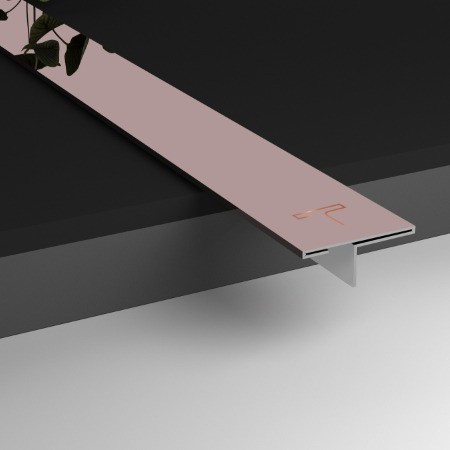how to remove biofilm from pond
Biofilm in a pond is a natural occurrence composed of microorganisms, algae, and other organic matter that can accumulate on various surfaces, including rocks, substrate, and equipment. While some level of biofilm is normal and beneficial for pond ecosystems, excessive biofilm can lead to water quality issues and aesthetic concerns. Here’s how you can manage and reduce biofilm in your pond:
1. Mechanical Removal:
- Use a pond net or rake to skim the surface of the pond and remove floating debris and excess algae, which can contribute to biofilm formation.
- Periodically clean and scrub submerged rocks, gravel, or other pond features to remove visible biofilm growth.
2. Aeration:
- Install a pond aerator or fountain to increase oxygen levels in the water. Aeration can disrupt the growth of biofilm by promoting circulation and introducing oxygen-dependent bacteria that consume organic matter.
3. Beneficial Bacteria:
- Add beneficial bacteria to the pond. These bacteria help break down organic materials, reducing the nutrients that feed biofilm-forming organisms.
- Consider using specialized pond bacterial treatments designed to target and reduce biofilm.
4. Filtration:
- Install a pond filtration system with biological and mechanical filtration components. Biological filters provide a surface for beneficial bacteria to colonize, helping to reduce excess nutrients and control biofilm.
- Regularly clean and maintain the filtration system to ensure its effectiveness.
5. Shade and Planting:
- Introduce aquatic plants to the pond, such as water lilies and submerged vegetation. These plants provide shade and compete with algae for nutrients, which can help reduce biofilm.
- Adequate shading from plants can also limit excessive sunlight, which promotes algae growth and, in turn, contributes to biofilm.
6. Chemical Treatments (with Caution):
- Consider using algaecides or other chemical treatments as a last resort and only if recommended by a pond professional or in accordance with local regulations. These treatments should be used with caution, as they can harm the overall pond ecosystem and fish if not applied properly.
7. Regular Maintenance:
- Conduct regular maintenance of your pond, including water testing, to monitor nutrient levels and water quality.
- Adjust feeding practices for fish to avoid overfeeding, as excess uneaten food can contribute to biofilm and nutrient buildup.
8. UV Clarifiers (if applicable):
- If you have a UV clarifier as part of your pond filtration system, ensure it is functioning correctly. UV clarifiers can help control algae and prevent excessive biofilm formation.
9. Balance the Ecosystem:
- Promote a balanced ecosystem by providing habitat for beneficial organisms, such as snails and beneficial insects, which can help control algae and biofilm.
Remember that complete removal of all biofilm may not be necessary or desirable, as some biofilm is natural and plays a role in supporting aquatic life. It’s important to strike a balance between managing biofilm and maintaining a healthy pond ecosystem. If you’re unsure about how to manage biofilm in your specific pond, consider consulting with a pond professional or an aquatic specialist for guidance tailored to your pond’s unique needs.
Also Read:
https://fastspotter.com/how-to-remove-armor-all-from-plastic/
https://fastspotter.com/how-to-remove-asbestos-wallpaper/
https://fastspotter.com/how-to-remove-base-from-graco-car-seat/






